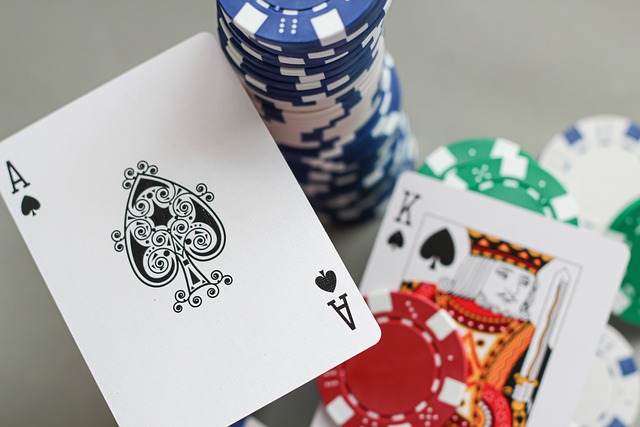Blackjack, also known as 21, is a popular card game played between one or more players and the dealer. The goal of the game is to beat the dealer by having a hand with a total value as close to 21 as possible without exceeding it. The game begins with each player receiving two cards, and the dealer receiving one card face up and one card face down. Players then decide whether to hit (request more cards), stand (keep their current hand), double down, or split their cards if they have a pair. After all players finish, the dealer reveals their hidden card and, if necessary, draws additional cards according to strict rules. If the dealer’s total exceeds 21, all players who did not bust win.
Basic Game Rules
In blackjack, numbered cards (2–10) are worth their face value, face cards (jack, queen, king) are worth 10, and the ace can count as either 1 or 11, depending on what benefits the player most. The game begins when the dealer deals two cards to each player. These cards can be dealt face up or face down, depending on the table rules. The dealer also receives two cards, but in most casinos, one dealer card is face up, and the other is face down. Players then decide their next move based on their cards and the dealer’s face-up card.
Card Values and the Objective of the Game
The objective of blackjack is not just to reach 21 but to beat the dealer. Here’s how individual cards are valued:
- Number cards: Their value equals their number.
- Face cards (Jack, Queen, King): Each is worth 10 points.
- Ace: Can be worth either 1 or 11 points, depending on what is more favorable for the player at that moment.
Strategies for Winning
Playing blackjack is not just a matter of luck; strategies play a key role. Knowing when to hit, stand, double down, or split can greatly increase your chances of winning.
Basic Blackjack Strategies
For optimal play, there’s a “basic strategy” based on mathematical calculations and probability tables for every possible combination of player and dealer visible cards. This strategy predicts the best possible move to maximize winning chances. For example, the rules may suggest that a player should hit when their total is between 12 and 16, and the dealer’s card is 7 or higher. On the other hand, it is recommended to stand if the player’s total is 17 or higher, regardless of the dealer’s face-up card.
When to Hit, Stand, Double Down, or Split
The right move in blackjack often depends on the value of the player’s cards and the dealer’s face-up card. Here are some basic guidelines:
- Hit: If the total is less than 8, it’s always recommended to hit.
- Stand: If the total is 17 or higher, it’s best to stand, especially if the dealer shows a card of 6 or lower.
- Double Down: A good choice when the first two cards total between 9 and 11, as there’s a high chance the next card will bring the total close to 21.
- Split: Always split pairs of aces and eights. Split twos, threes, and sevens if the dealer shows a weak card (2 to 7).
These guidelines are the foundation for efficient play and increasing success in blackjack.
Common Mistakes and How to Avoid Them
In blackjack, mistakes can be costly, especially for players new to the game’s rules and strategies. Knowing the most common pitfalls can help avoid unnecessary losses.
Beginner Mistakes in Blackjack
New players often make several common mistakes that can negatively impact their chances of winning:
- Playing Without a Strategy: Many beginners play without a clear plan or understanding of basic strategy. Playing by intuition or guesswork rather than mathematically-based decisions leads to more mistakes.
- Busting (Going Over 21): Taking too many risks in pursuit of 21 often results in exceeding the limit and losing automatically.
- Poor Money Management: Betting too much or not managing the bankroll properly can quickly lead to losing all funds.
What Not to Do While Playing Blackjack
To avoid common mistakes, players should follow these tips:
- Don’t Ignore the Dealer’s Card: A key element of blackjack strategy is paying attention to the dealer’s face-up card. Ignoring this card can lead to bad decisions.
- Don’t Double Down or Split Without Reason: These actions should be taken only when the situation and rules favor them.
- Don’t Rely Solely on Luck: Blackjack is a game of skill as much as luck. Letting go of the belief that luck will solve everything can help players focus on strategic play.
Additional Tips for Advanced Players
Players already familiar with the basic rules and techniques of blackjack can further enhance their skills by using advanced tactics. These strategies include precise bankroll management, developed betting techniques, and applying psychological skills to read dealer and player behaviors. Applying these tips can significantly improve efficiency and potential winnings.
Advanced Techniques and Tactics
For experienced blackjack players, advanced tactics such as modified versions of basic strategy tailored to specific game conditions can be crucial. For instance, variations in game rules like the number of decks or doubling rules can affect the best strategic approach. Understanding and adjusting strategies to these variations can give players a significant advantage.
Card Counting and Other Strategies
Card counting is one of the most well-known advanced blackjack tactics. This technique allows the player to track the ratio of high to low cards left in the deck, predicting the likelihood of drawing beneficial cards. Besides card counting, advanced players may use other sophisticated methods like shuffle tracking or identifying unpredictable patterns in dealer card shuffling. Mastering these skills requires practice and a solid understanding of the mathematics behind the game.

